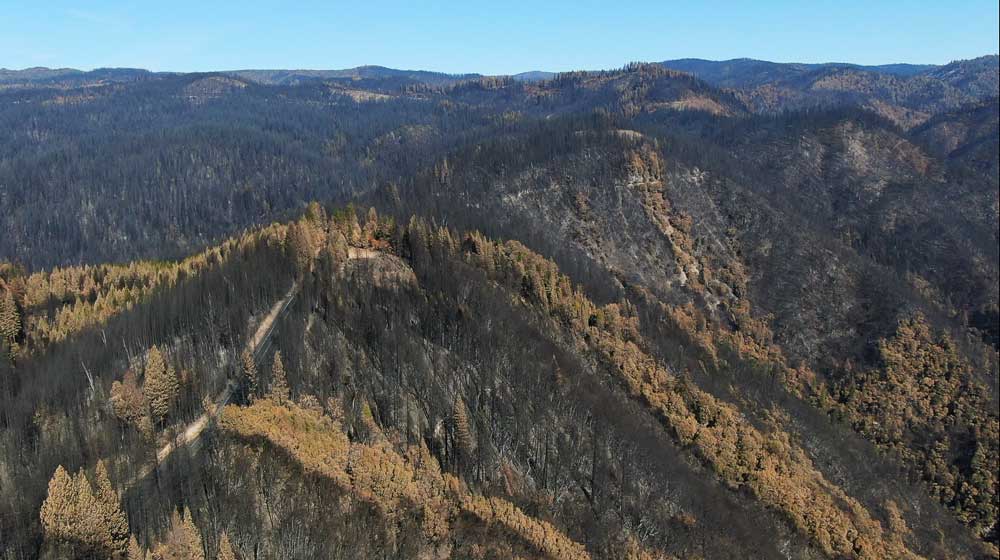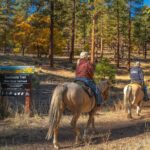What We Do
Through our Watershed Improvement Program, we invest in efforts to restore and protect Sierra-Cascade landscapes, increase their resilience to wildfire and climate change, and improve outdoor access.
Our Priorities
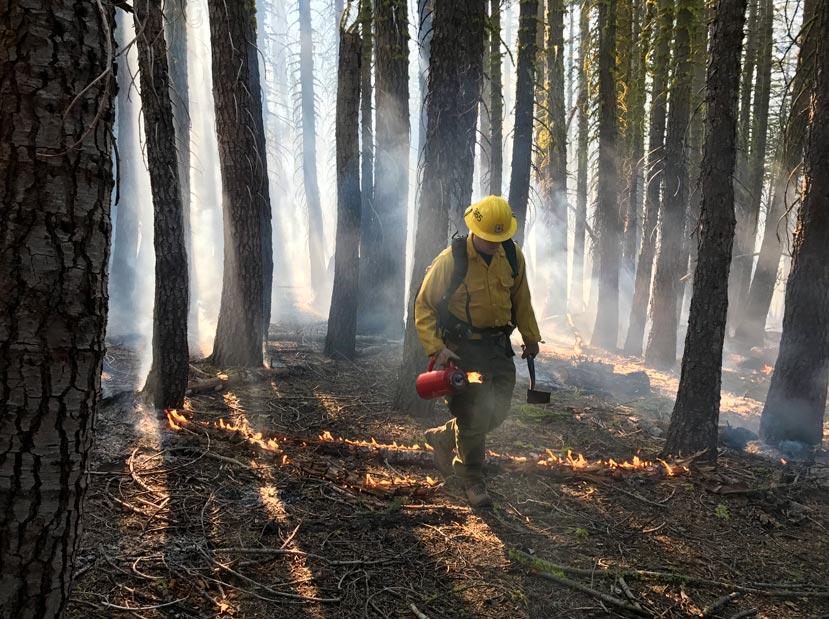
Landscape Restoration
We support forest health projects that increase landscape and community resilience, improve downstream water supply, protect forest carbon and habitat, and promote restoration economies.
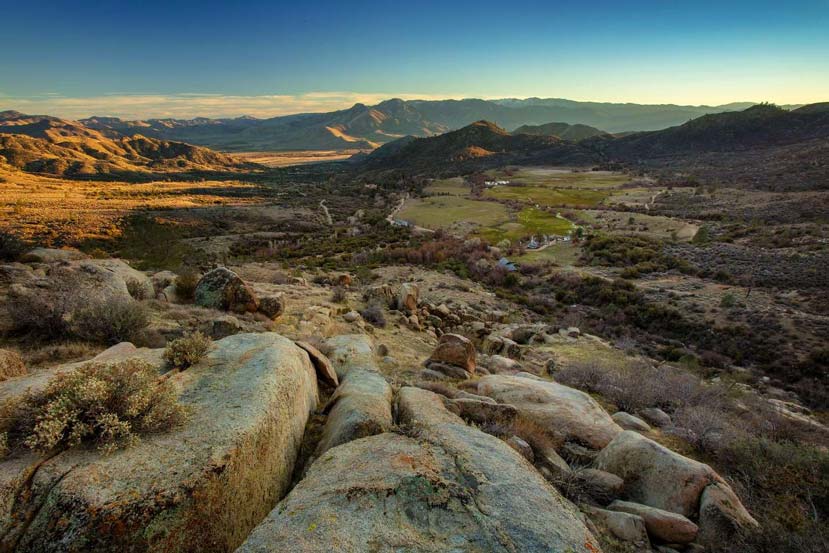
Land Conservation
We advance land acquisition projects for organizations to protect and steward high-benefit natural and working lands that are threatened by development, climate change, and other stressors.
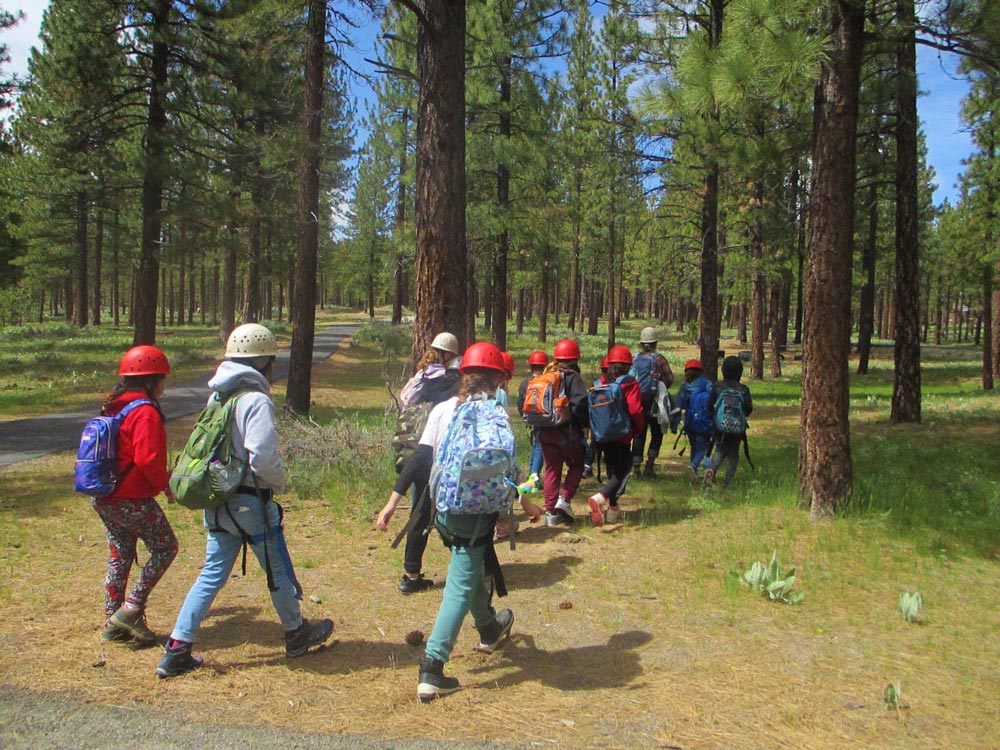
Outdoor Access
We foster outdoor recreation projects that improve access and infrastructure, reduce the impacts of overuse, and support the development of sustainable recreation economies.
Happening Now
Our Impact
Since 2004, we have invested $266 million to 650 projects throughout the Sierra-Cascade. View our impact by the numbers.

How We Work
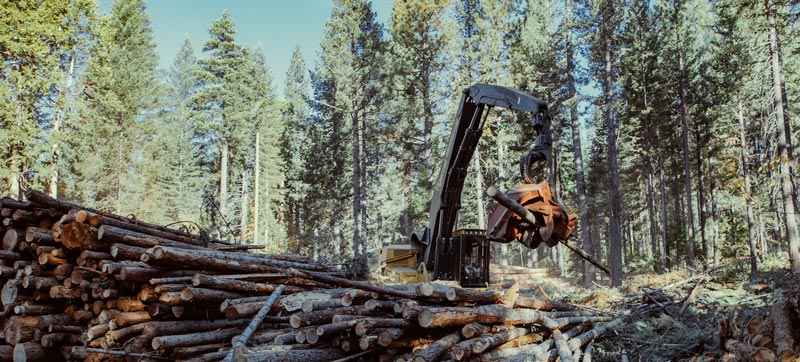
Grant Program
We fund projects that restore and protect Sierra-Cascade landscapes, increase their resilience to wildfire and climate change, and improve outdoor access. Our strong partnerships allow us to efficiently get state funding on the ground.
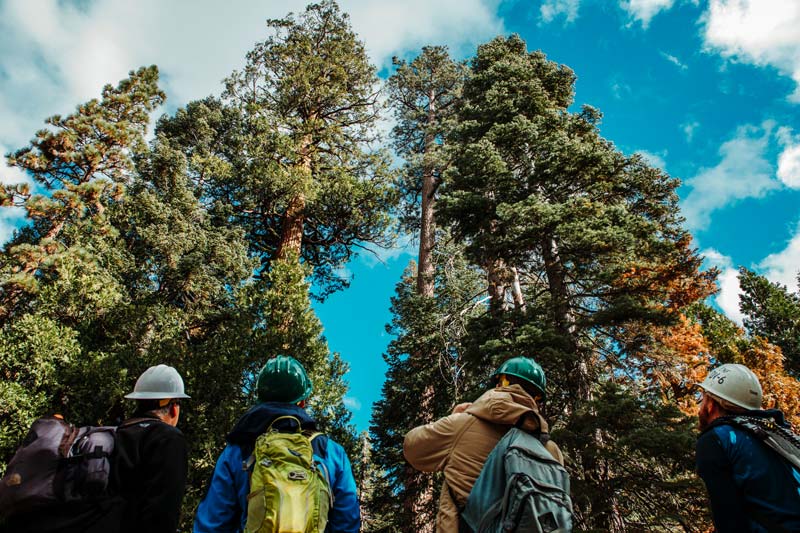
Capacity Building
We are using Regional Forest and Fire Capacity Program (RFFCP) funding to increase regional capacity to develop and implement a pipeline of projects. Capacity is key to increasing and scaling restoration efforts, and supporting rural economies.
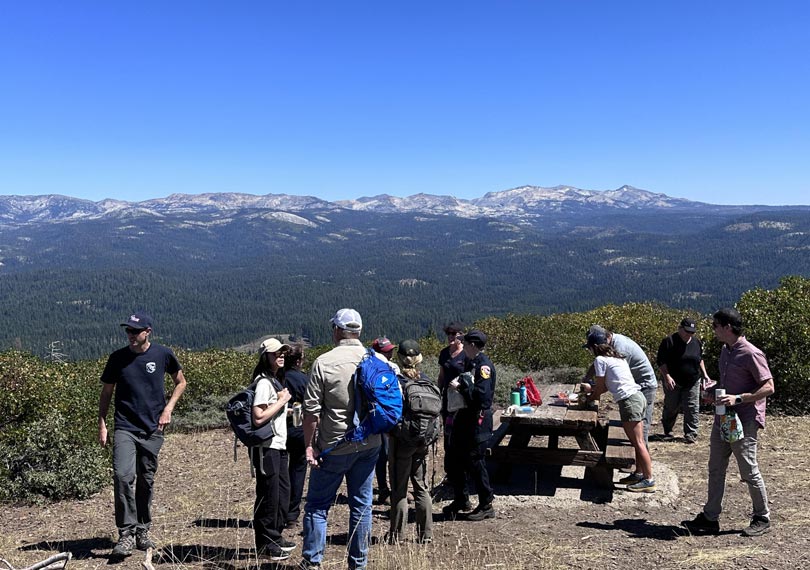
Landscape Investment Strategy
Modern megafires and disturbances are occurring across huge landscapes. To match this scale, we are aligning funding from multiple sources to deliver large grants to landscape-scale restoration initiatives.
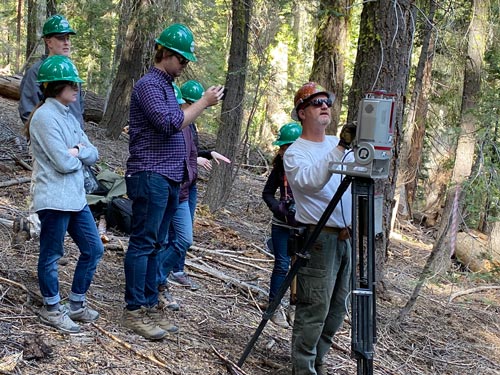
Science & Policy
Using local knowledge, we highlight restoration, scientific, and policy events in the region to inform decisionmakers and advance forest management strategies.
Investing in Our Partners
Our grants support a variety of stewards throughout the Sierra-Cascade. We’ve awarded grants to:
- 210 conservation nonprofits
- 113 land trusts
- 88 resource conservation districts
- 73 fire safe councils
- 54 state & federal land managers
- 57 city & county governments
- 23 tribes & tribal nonprofits
- 20 water agencies
- 12 colleges & universities
Regional Challenges, State Priorities
Today, many wildfires are burning larger and more severely. As detailed in our 2014 State of the Sierra Nevada’s Forests Report and the 2017 Update, decades of fire suppression and historic timber harvests have created overcrowded and unhealthy forests that fuel more destructive fire behavior. And climate change makes matters worse.
Fires like the Dixie, Caldor, and Creek have devastated Sierra-Cascade communities and impact the entire state. We know from the Mokelumne Avoided Cost Analysis, that fires like these are much more expensive to respond to than prevent.
Impacts from catastrophic wildfires jeopardize the state water system and recreation access, harm wildlife habitat and public health, and offset progress toward California’s air quality and climate goals. Learn more about these key issues and our work:
